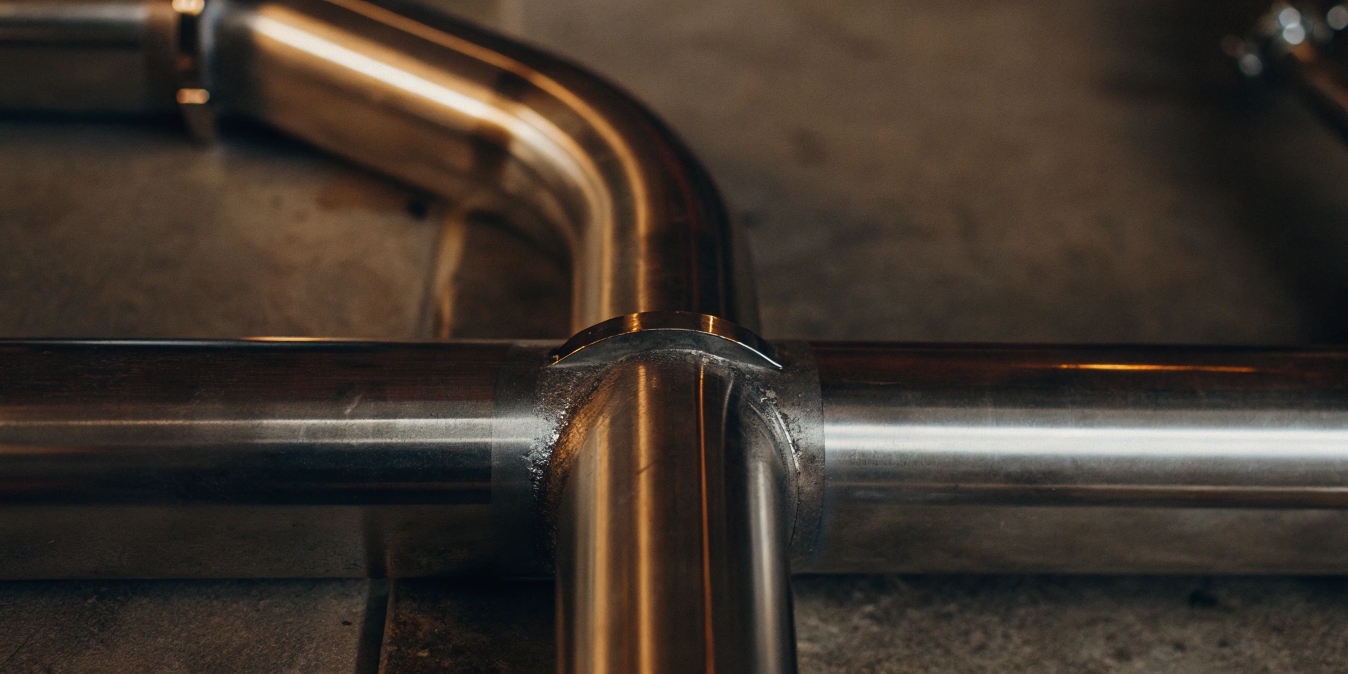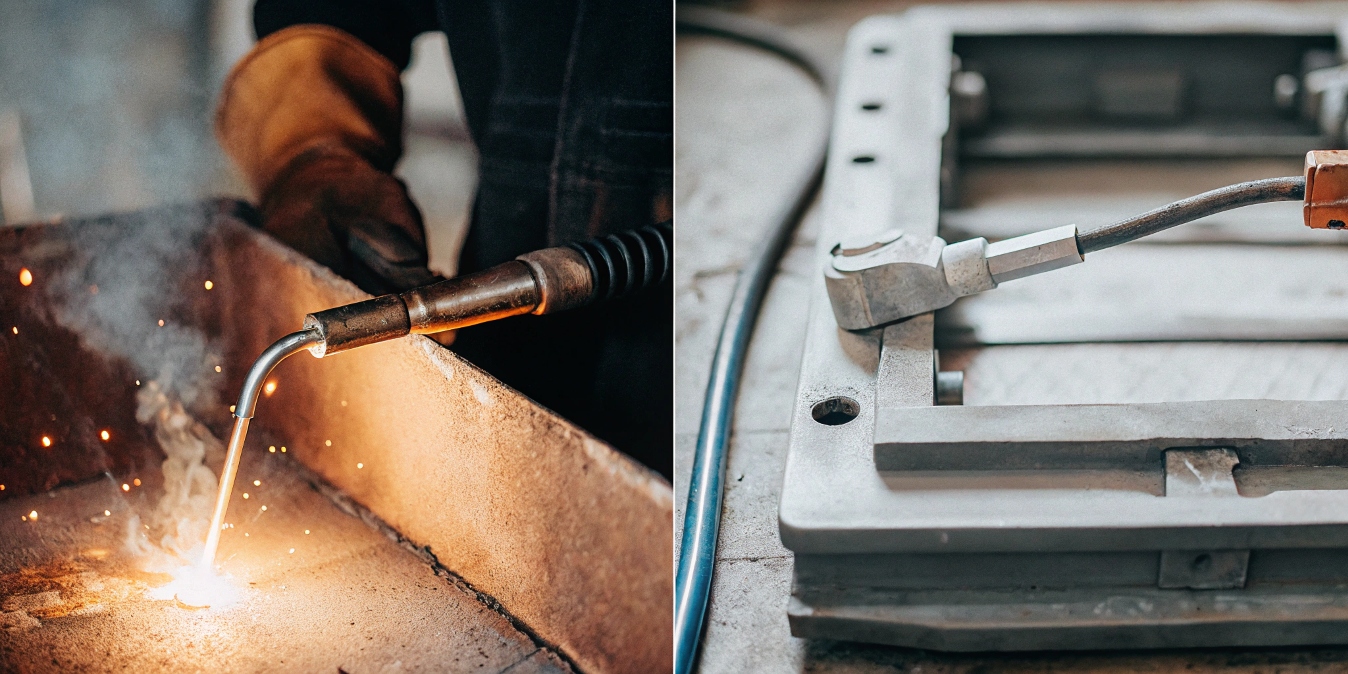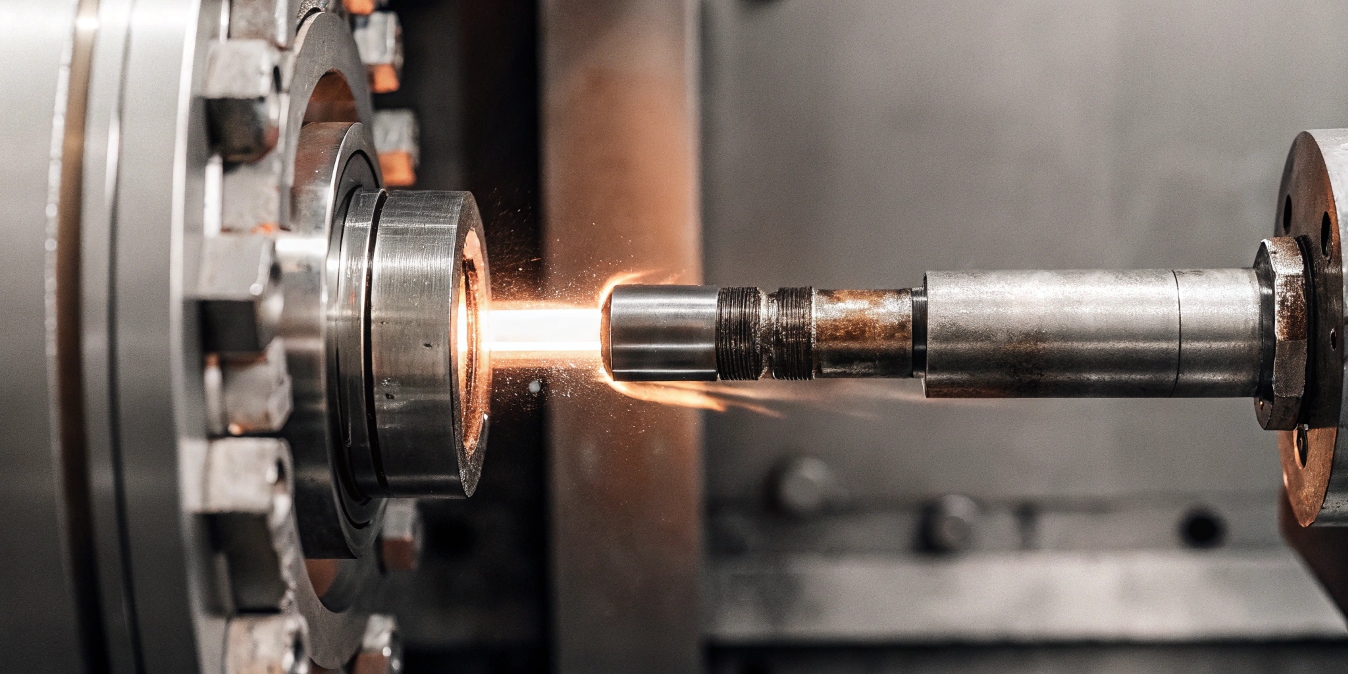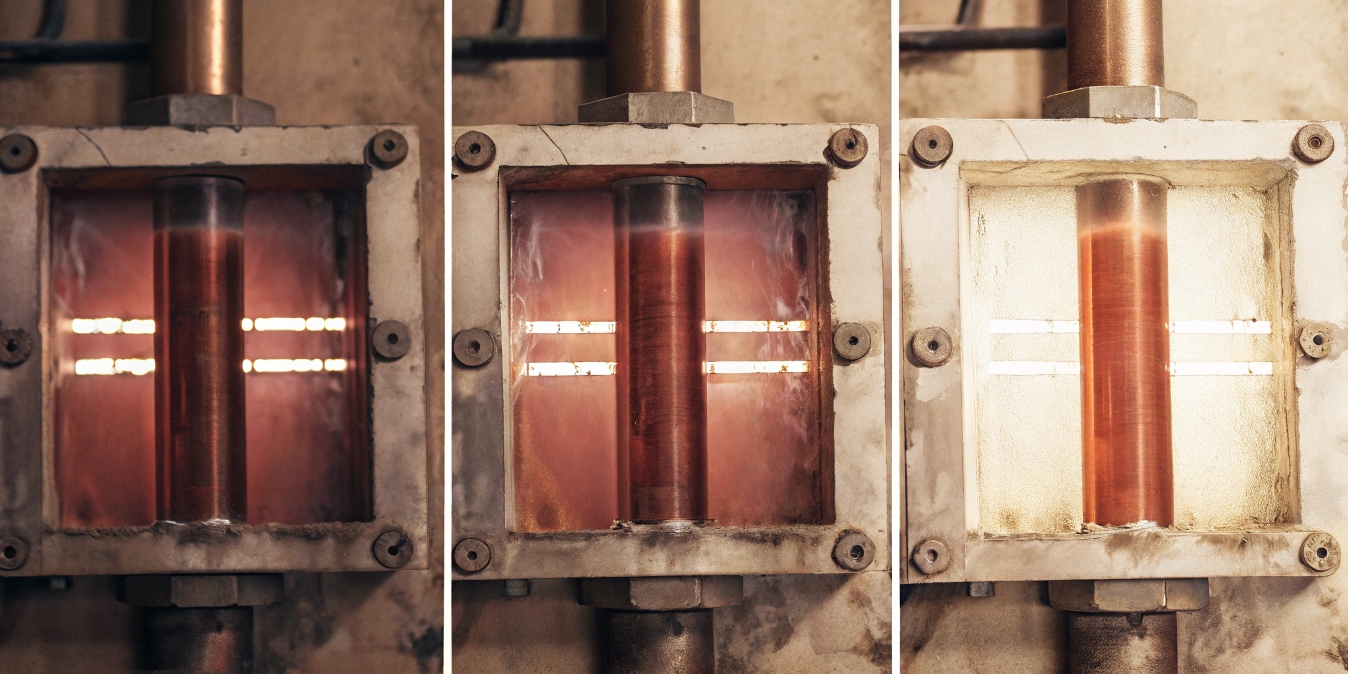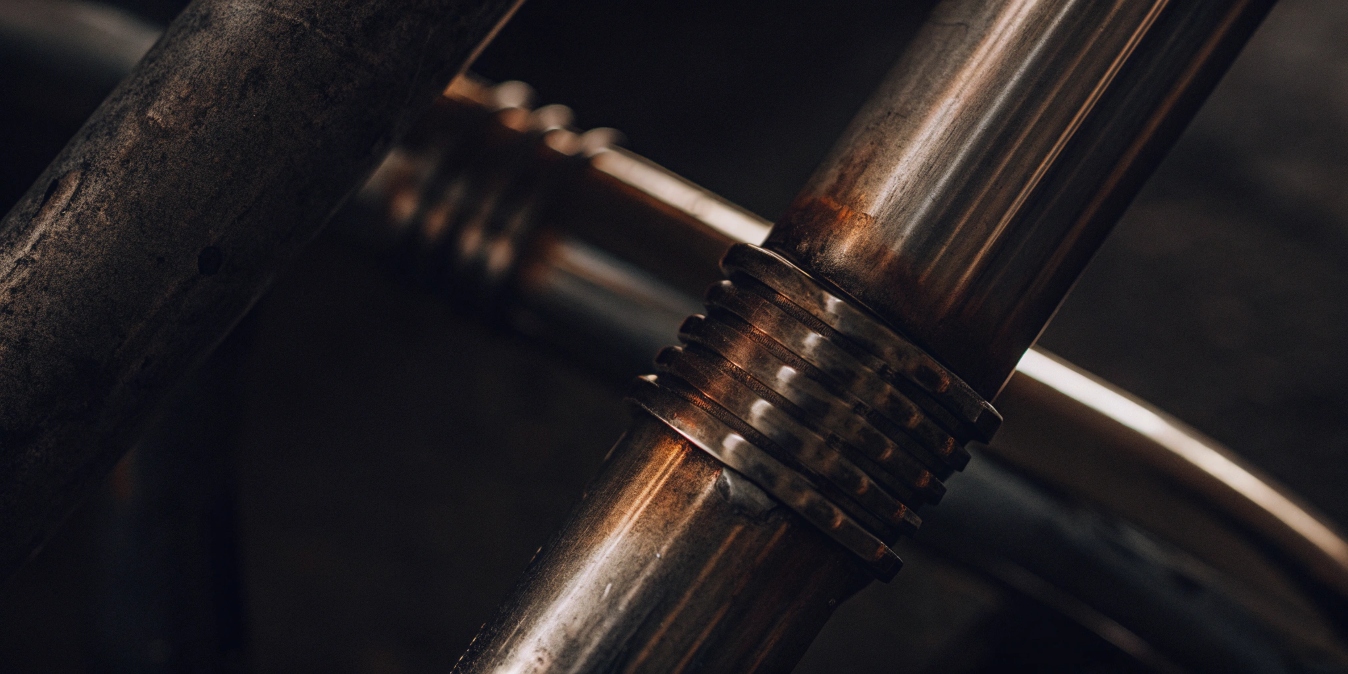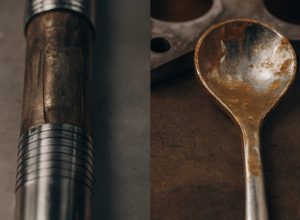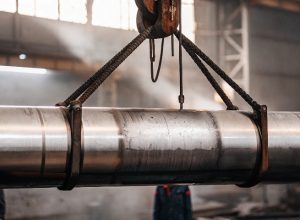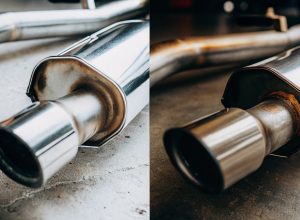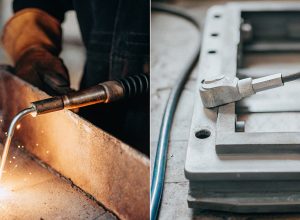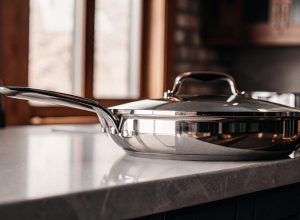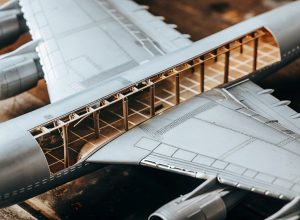Сварка титана кажется простым делом, но неудачные швы стоят времени и денег. Материал трескается, проекты срываются, а вы остаетесь в недоумении, что же пошло не так. Секрет заключается в окружающей среде.
Сварка титана должна производиться в вакууме или под защитной инертной газовой оболочкой. Это связано с тем, что при высоких температурах титан агрессивно реагирует с кислородом и азотом, содержащимися в воздухе. В результате этой реакции сварной шов становится хрупким, слабым и может разрушиться под нагрузкой.
Я работаю в цепочке поставок титана уже более десяти лет. Я видел, как большие и малые компании борются именно с этой проблемой. Такой клиент, как Ахмед, который занимается дистрибуцией металла в Турции, должен правильно консультировать своих клиентов. Плохой сварной шов может не только испортить деталь, но и нанести ущерб репутации поставщика. Это непростая задача, но как только вы поймете "почему", лежащее в основе процесса, управлять им станет намного проще. Главное - не просто расплавить металл, а защитить его, пока он наиболее уязвим. Давайте разберем основные правила успешного соединения этого невероятного материала.
Нужно ли сваривать титан в вакууме?
Вам нужно сварить титан, но вакуумная камера кажется сложной и дорогой. Является ли она единственным способом? Пропуск этого важного этапа защиты может погубить весь ваш проект и уничтожить ценный материал.
Не всегда, но вы всегда должны защищать его от воздуха. Вакуум обеспечивает максимальную защиту. Однако для многих работ более распространенным и практичным методом является экранирование инертным газом высокой чистоты, например аргоном. Этот процесс известен как Дуговая сварка вольфрамовым электродом (GTAW или TIG)1.
Непреложное правило - расплавленный титан никогда не должен соприкасаться с воздухом. Выбор между вакуумной защитой и защитой инертным газом зависит от требований приложения. Для моих клиентов, работающих в аэрокосмической и военной отраслях, вакуумная сварка часто применяется для критически важных компонентов. Чистота сварного шва имеет первостепенное значение. Однако для многих промышленных и даже медицинских применений надлежащая Установка для сварки TIG2 с хорошим аргоновым экраном вполне достаточно. Я советовал многим небольшим производителям, таким как те, которые поставляет Ahmed, инвестировать в высококачественное оборудование TIG. Оно более доступно, чем вакуумная камера, и при правильном выполнении позволяет получать прочные и надежные сварные швы. Главное, чтобы поток газа был достаточным, чтобы покрыть не только лужу расплава, но и зону охлаждения за ней.
Вот простое сравнение, которое поможет вам определиться с выбором.
| Метод | Уровень защиты | Общая стоимость | Лучшее для |
|---|---|---|---|
| Вакуумная сварка | Высочайшая чистота | Высокий | Аэрокосмическая, ядерная промышленность, критические имплантаты |
| Экранирование инертным газом | Высокая чистота | Средний | Общепромышленные, морские, большинство медицинских |
| Без экранирования | Нет | - | Гарантированный отказ - никогда не используйте |
Какой сварочный процесс должен выполняться в вакууме?
Выбор правильного процесса сварки титана - дело непростое. Неправильный выбор приводит к напрасно потраченному материалу, ненадежным деталям и репутации некачественной продукции. Давайте разберемся, какой процесс абсолютно точно требует вакуума.
Электронно-лучевая сварка (EBW)3 это процесс, который должен выполняться в вакууме. Вакуум необходим для работы электронного луча. Он также обеспечивает идеальную защитную среду для титана, в результате чего получаются исключительно чистые и глубокие сварные швы, которых невозможно достичь иным способом.
По моему опыту поставки титановых слитков для специализированных применений, EBW является основным процессом не просто так. Вот как это работает: машина выстреливает в металл сфокусированным пучком электронов. Эти электроны летят с невероятной скоростью, и их энергия мгновенно расплавляет титан. Если бы на пути были молекулы воздуха, электроны столкнулись бы с ними и рассеялись, потеряв всю свою энергию. Вакуумная камера освобождает этот путь. Это имеет фантастический побочный эффект для титана - создается идеальная чистая комната для сварки. Я видел, как это используется для соединения очень толстых секций Ti-6Al-4V для военного оборудования. Сварной шов получается глубоким, узким и невероятно прочным, поскольку в нем нет никаких атмосферных загрязнений. Хотя другие процессы, такие как лазерно-лучевая сварка, также могут выполняться в вакууме для достижения лучших результатов, EBW - это тот процесс, который просто не может работать без него.
Что такое вакуумная сварка?
Вы слышите, как термин "вакуумная сварка" упоминается в высокотехнологичных проектах. Непонимание этого термина может заставить вас чувствовать себя в стороне от важных технических дискуссий. Давайте дадим ему простое определение.
Вакуумный шов - это соединение металлов, которое создается в камере с почти полным удалением воздуха. Такое низкое давление, или вакуум, не позволяет атмосферным газам вступать в реакцию с расплавленным металлом. В результате получается исключительно чистый, прочный и надежный сварной шов.
Процесс довольно методичен. Сначала мы помещаем соединяемые титановые детали в герметичную, прочную камеру. Затем мощные насосы удаляют воздух до достижения определенного низкого давления. Только после этого в камере включается источник сварочного тепла, например электронный луч, который расплавляет и сплавляет металл. Я часто вижу, как это применяется в проектах морской техники, для которых я поставляю материалы. Например, теплообменники из титановых сплавов постоянно подвергаются воздействию коррозионной морской воды. Любая крошечная примесь в сварном шве может стать причиной отказа. Выполняя сварные швы в вакууме, производители обеспечивают такую же коррозионную стойкость швов, как и самого основного металла. Этот метод обеспечивает непревзойденный контроль, поэтому его применяют в тех случаях, когда поломка недопустима.
Преимущества очевидны и напрямую связаны с проблемами сварки титана.
| Характеристика вакуума | Его прямая польза | Почему это важно для титана |
|---|---|---|
| Нет атмосферы | Предотвращает загрязнение | Сварной шов остается вязким и прочным, а не хрупким. |
| Высокий контроль | Отличная повторяемость | Каждый сварной шов не хуже предыдущего; идеально подходит для серийного производства. |
| Глубокое проникновение (EBW) | Сварка толстых деталей за один проход | Создает более прочные соединения с меньшим тепловым искажением. |
Ищете высококачественные титановые трубы и трубки?
Ознакомьтесь с нашим ассортиментом титановых трубок и трубопроводов, подходящих для аэрокосмической, медицинской и промышленной отраслей. Наши изделия разработаны в соответствии с жесткими стандартами и обеспечивают надежную работу в различных условиях.
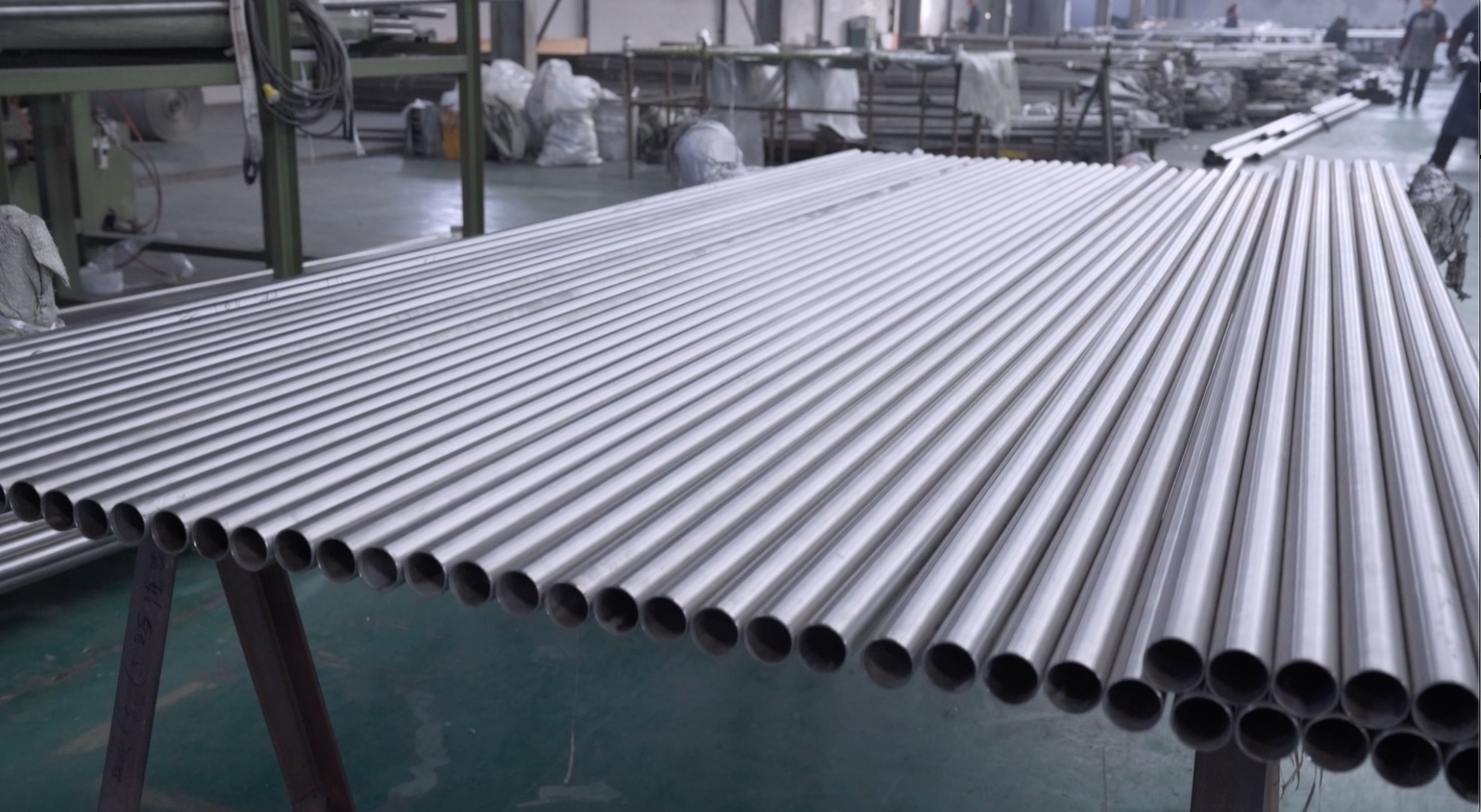
Почему титан нельзя сварить?
Люди часто говорят, что титан "невозможно" сварить, что заставляет изготовителей нервничать. Этот широко распространенный миф может помешать вам воспользоваться преимуществами этого невероятно полезного материала. На самом деле все гораздо проще.
Это полный миф. Титан очень хорошо поддается сварке. Проблема заключается в его чрезвычайной реактивности с воздухом (кислородом, азотом, водородом) при нагреве выше 427°C (800°F). Без идеальной защиты, например вакуума или аргона, сварной шов поглощает эти газы и становится хрупким.
Я помню классический случай с новым клиентом, изготавливающим титановые стержни медицинского класса. Они были новичками в работе с этим материалом и попытались провести сварку без надлежащей защиты инертным газом, думая, что быстрого прихватывания будет достаточно. В результате сварной шов приобрел радугу голубого, фиолетового и соломенно-желтого цвета. Несмотря на красочность, это предупреждающие признаки сильного загрязнения. Сварной шов был настолько хрупким, что стержень сломался от небольшого усилия. Пришлось отбраковать всю партию. Это послужило ценным уроком: проблема не в титане, а в процедуре. Когда титан нагревается, он действует как губка для газов, содержащихся в воздухе. Эти газы задерживаются в структуре металла, делая его твердым и хрупким, как стекло. Успешная сварка титана - это чистота и полная изоляция от атмосферы. Материал, присадочный пруток и окружающее пространство должны быть безупречны, а инертный газ или вакуумная защита - безупречны.
Заключение
Сварка титана не сложна, она просто требует дисциплины. Для создания прочных, чистых и надежных соединений требуется абсолютно чистая, безвоздушная среда с использованием вакуума или инертного газа.

